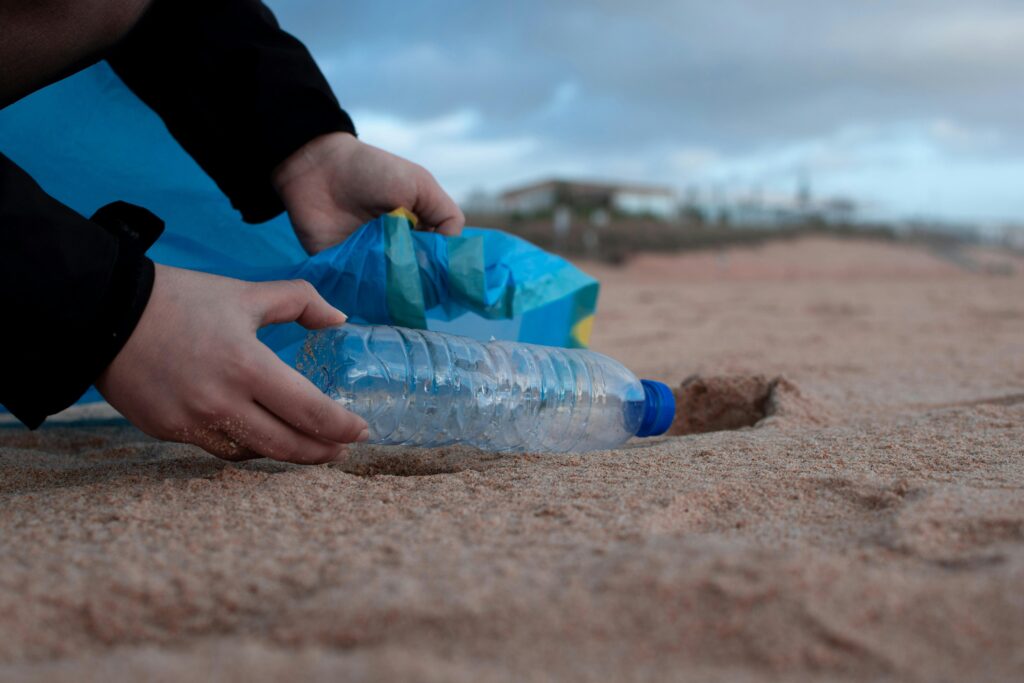
In a sobering revelation that has sent shockwaves through the global environmental community, India has recently been identified as the world’s largest plastic polluter, overtaking even countries with significantly larger economies and populations of high consumption. This alarming development not only puts India under international scrutiny but also casts a stark light on the growing domestic crisis of plastic waste management, consumer habits, and regulatory loopholes.
The identification was made through a comprehensive study conducted by a coalition of global environmental research institutes, which analyzed plastic waste generation, mismanagement, and leakage into ecosystems over the past five years. The findings highlight that while plastic production and usage are surging worldwide, India’s contribution to plastic pollution has grown disproportionately, fueled by rapid urbanization, rising consumerism, and weak enforcement of existing waste management laws.
A Nation Drowning in Plastic
India, with its population of over 1.4 billion, generates an estimated 26,000 tonnes of plastic waste per day, according to earlier government estimates—an amount likely much higher today. Of this, nearly 40% is mismanaged, meaning it ends up in landfills, rivers, forests, and eventually the oceans, posing a grave threat to biodiversity and human health.
The major culprits behind this escalating crisis are single-use plastics, particularly items such as plastic bags, food packaging, water bottles, straws, and sachets. These products are cheap, convenient, and ubiquitous—but nearly impossible to recycle effectively. Despite a nationwide ban on certain single-use plastics in July 2022, implementation has remained inconsistent, with widespread availability of such items still common in markets, roadside stalls, and even organized retail chains.
Urban Chaos, Rural Neglect
In urban centers like Delhi, Mumbai, Chennai, and Kolkata, overflowing landfills and plastic-choked drains have become a grim daily reality. Cities often lack the infrastructure to separate and recycle plastic waste at the source. Informal waste collectors—often working in unsafe and unhygienic conditions—play a major role in salvaging recyclables, but the sheer volume and poor segregation make their efforts insufficient.
In rural and semi-urban regions, the problem is equally severe but less visible. Plastic waste is frequently burned in open fields, releasing toxic fumes that contribute to air pollution and respiratory illnesses. Villages located near rivers and streams often become unwitting points of plastic entry into aquatic systems, leading to plastic contamination in drinking water and food chains.
Impact on Wildlife and Ecosystems
India’s rich biodiversity is now under increasing threat due to plastic pollution. Marine species along India’s vast coastline have been found with microplastics in their stomachs, affecting their reproduction and survival. Rivers such as the Ganges and Yamuna, considered sacred by millions, are among the most plastic-polluted rivers in the world.
In forests and protected areas, elephants, deer, and cattle have been found ingesting plastic waste, mistaking it for food. The toxins released from degraded plastic not only harm these animals but also leach into the soil, altering microbial activity and reducing fertility.
The consequences are far-reaching: declining wildlife populations, degraded ecosystems, and increased human-animal conflict—all interlinked with the growing plastic menace.
Government Action and Policy Gaps
While the Indian government has taken steps in recent years to curb plastic pollution—including the Plastic Waste Management Rules (amended 2016, 2018, and 2022)—the lack of robust enforcement mechanisms has weakened their impact.
The ban on 19 single-use plastic items in 2022 was widely hailed as a landmark move, but in practice, enforcement has been largely limited to metro cities, and even there, compliance remains low. State-level variations in monitoring and penalization further complicate the situation.
There is also a significant gap in producer responsibility, particularly in the fast-moving consumer goods (FMCG) sector. While Extended Producer Responsibility (EPR) policies require companies to collect and recycle the plastic they produce, in reality, many companies continue to under-report their plastic footprint and outsource waste disposal without transparency.
A Societal Challenge, Not Just a Policy Issue
Plastic pollution in India is not merely a governance failure—it is also a deeply rooted societal challenge. Plastic is embedded in daily life due to its affordability and accessibility. Public awareness about the long-term environmental damage caused by plastic is still low in many parts of the country, and behavioral change has been slow to materialize.
Moreover, the recycling ecosystem in India is dominated by informal workers—estimated to number over 1.5 million—who operate with minimal state support. Modernizing the recycling infrastructure, integrating informal workers into the formal economy, and incentivizing sustainable packaging alternatives are all essential components of a long-term solution.
The Way Forward: Urgent, Coordinated Action Needed
India’s designation as the world’s largest plastic polluter should serve as a clarion call for immediate and coordinated action. Experts and environmental activists are calling for the following steps:
- Strict nationwide enforcement of single-use plastic bans with heavy penalties for violations.
- Investment in waste segregation infrastructure, especially at the household and municipal level.
- Public awareness campaigns focused on reducing plastic use, encouraging alternatives, and promoting responsible consumer behavior.
- Support for start-ups and businesses offering biodegradable packaging and reusable alternatives.
- Strengthening of EPR norms, making large producers accountable with transparent waste collection and recycling systems.
- Collaboration with international organizations to adopt best practices and technologies in waste management.
Conclusion: A Chance to Lead by Example
While the label of being the largest plastic polluter is undoubtedly a negative milestone, it also provides India with an opportunity. With its enormous human capital, rich tradition of environmental stewardship, and growing technological capabilities, India has the potential to lead a global movement toward a plastic-free future.
The path forward will require more than policy—it will demand political will, public participation, and a transformation of industry practices. Only through collective action can India reverse this trajectory and demonstrate that even the biggest polluters can become pioneers in sustainability.